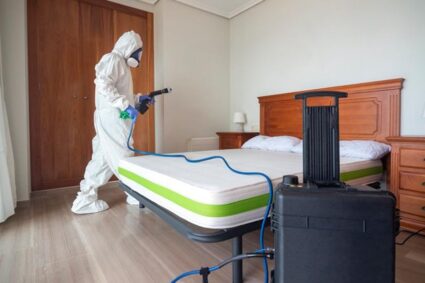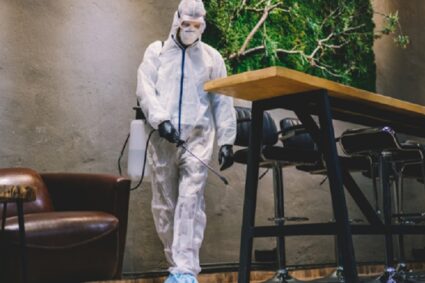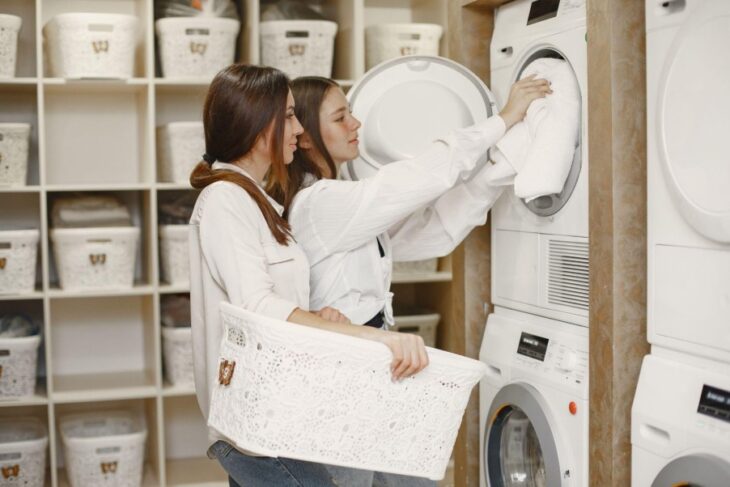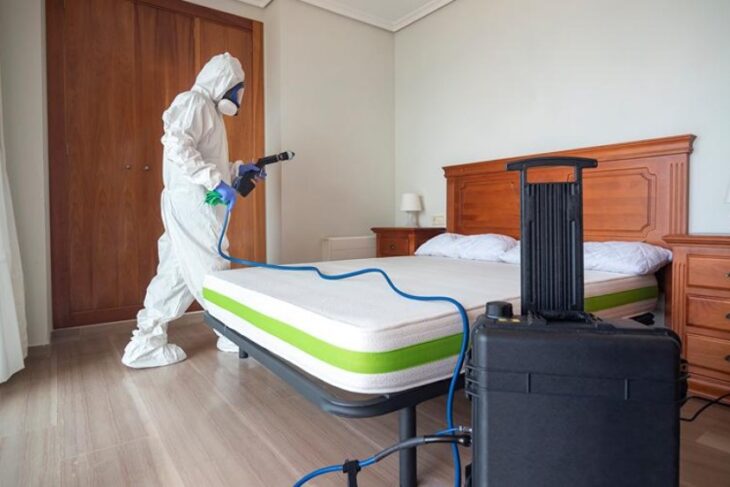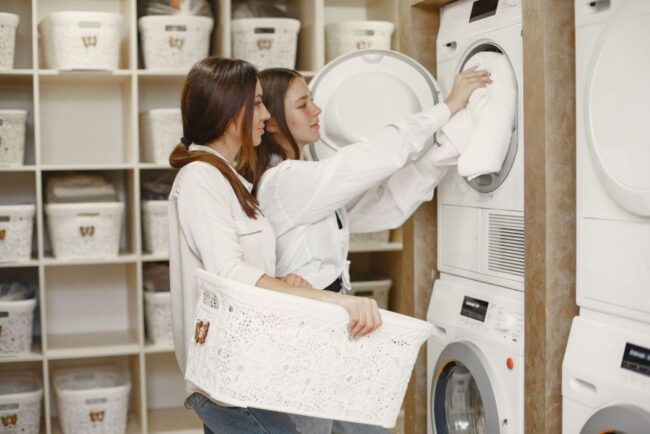
Singapore’s food and beverage industry is famed for precision. But behind the glamour of a busy lunch rush or a Michelin hopeful dinner service, there’s a quiet threat that could undo everything. No matter how photogenic your dishes are, pests don’t care. They’ll sneak in, feast unseen, and leave a mess that can cost you your licence or your reputation. Even well-run, visibly clean kitchens can be overrun if pest control is treated as a checkbox rather than a strategy.
Let’s look at how professional-grade pest control for F&B establishments works, and what your team should be doing today.
Tools That Go Beyond the Surface Clean
Effective restaurant pest control goes far beyond traps and sprays. It starts with a framework that recognises that pests are opportunists. They look for warmth, water, shelter, and access to food, which most kitchens inadvertently provide. The real battle, then, is structural.
This is where essential tools and professional equipment come in. For starters, UV light traps and motion-triggered monitors help detect early signs of pest activity, often in hidden corners that escape daily cleaning. Grease trap management is another non-negotiable. These often-ignored systems are breeding grounds for cockroaches and drain flies and should be cleaned regularly by specialists.
Rodent-proofing tools like door sweeps, metal mesh covers for drainage, and secured storage for food and waste bins are also part of the professional arsenal. Ventilation systems and air curtains may not scream “pest control,” but they do help reduce entry points.
Technology has started to play a role too. Some F&B businesses in Singapore are using digital logs and reporting apps to track pest sightings, inspection records, and chemical usage. This keeps things organised for audits and reveals patterns that can guide future strategies.
Hiring a pest control partner who understands F&B-specific regulations is critical. They’ll know the permissible chemicals for food zones and how to safely treat spaces without compromising food safety protocols.
What Singapore’s Climate Means for Your Kitchen
While Singapore doesn’t have traditional seasons, the climate still plays a significant role in pest activity. The island’s high humidity and consistent warmth create year-round breeding conditions. Pest pressure does fluctuate based on the time of year.
During the wetter months (typically October to January), restaurants see an uptick in issues related to moisture-loving pests. These include drain flies, cockroaches, and ants that nest in damp floor traps or behind fridges. That’s why these months should be earmarked for more intensive inspections and cleaning.
Conversely, in the drier months (February to May), rodents tend to become more active as they seek water sources. Open drainage and leaking taps become easy targets. During this time, restaurant pest control plans should prioritise storage checks and closing physical entry points.
Pests also behave differently based on human traffic. When restaurants extend hours during festive seasons or promotions, the increased movement of goods and foot traffic can lead to more contamination risks. Pest prevention measures should scale accordingly: more frequent bin clear-outs, tighter packaging on food deliveries, and routine drain treatments.
Training Your Team to Spot the Signs Early
A common mistake among restaurant operators is leaving pest management entirely to third-party services. While these experts are essential, your internal team plays the first and most frequent line of defence. And they need more than a weekly cleaning memo.
Practical training is often what separates proactive pest control from passive containment. Staff should know what to look for: droppings behind food shelves, gnawed packaging, oil trails, or even musty odours near walls. Many F&B pest control providers offer mock inspections or visual training kits to help teams identify risks during routine prep and closing shifts.
Another key habit is enforcing pest sighting logs. This encourages staff to document even minor signs and can help identify trends.
Conducting weekly back-of-house walkthroughs with rotating team members can also drive ownership. These walkthroughs should include less obvious spots pests love because they’re rarely disturbed.
Some restaurants take it further with simulation drills. These might involve tracing a pest sighting back to its source or practising the steps to isolate affected areas without halting service.
Remember, your cleaning checklist is only as good as the people executing it. Invest in regular knowledge refreshers, especially when new staff join. When your team knows what to do, pest control becomes a routine.
Stop Hoping for the Best—Start Planning for It
In Singapore’s fast-paced F&B industry, where competition is fierce and public hygiene scrutiny is high, pest control can’t be left to chance. Reliable pest control for F&B establishments is about peace of mind, staff morale, and customer trust. A proactive mindset, supported by expert partnerships and engaged internal teams, gives your restaurant the edge it needs to thrive in a tough market.
Contact Kingpin Solutions today.






